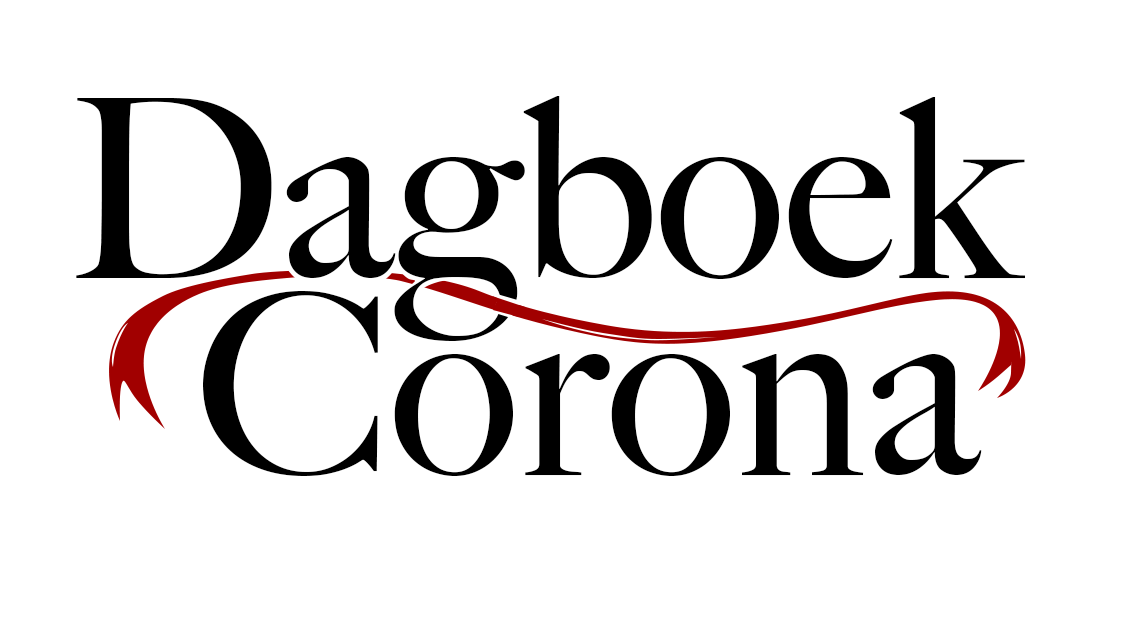Hiding my corona hair
by Hanneke Wessels
Prime Minister Rutte announced the ‘intelligent lockdown’ on 12 March. That pause button turned Amsterdam into a silent, unreal city, dramatically changing the relationship between inside and outside overnight. Outside turned into a place of desire and danger, and the lockdown, which in France was simply called imprisonment (le confinement), inevitably encouraged reflection and contemplation.
Looking inside
Every Amsterdammer did this in his or her own way. In a series of nine photographs, Olivier Zaoui shows us his everyday rituals in corona time, from early morning until late at night, the same every day. Life was reduced to weighing scales, computer screens, food, exercise, and short walks. The obsession with his own body portrayed in the photo with the scales will be all too familiar to many.
This sometimes leads to discomfort, as in My Hidden Coronahair by Hanneke Wessels, but also to a re-evaluation of a single body part. In his Hand Diary, Bas Peeperkorn paints his hand 53 times as a symbol of the new circumstances and a mirror of his moods. ‘The hand also has to adapt, because it has to keep its distance, and be washed and protected,’ he says.
In a series of intimate self-portraits entitled In waiting, Natalia Cincunegui places herself in a romantic nineteenth-century domestic setting to make the uncertainty and alienation of the new situation palpable.
Longing to go outside
Others prefer to look outside. In her project Looking Inside, Ewa Piotrowska photographs herself on fourteen consecutive days. Standing at a window in her house in north Amsterdam, she seeks a foothold in the power of the camera and the view outside. It is her way of relating to the here and now, in a surreal environment where all days have become similar.
A similar combination of realism and desire is evident in Martinka van Ravenstein-Jansen’s self-portrait. Are we seeing something of her, or something around her?
Processing by writing
Marianne Kuijper experiences the new situation differently. As the mother of three schoolchildren, the restrictions have had a profound impact on her family life. In her diary Wel en wee van een Amsterdams gezin in Coronisch tijdperk (The Life and Times of an Amsterdam Family in the Coronian Era) she writes about her experiences of the events in a humorous way.
She is not the only one to record her perceptions on a daily basis. The time-honoured genre of the diary, in all its diversity, is enjoying a golden era because of the corona crisis. Eline Crijns processes her impressions of the latest news and everyday occurrences into a series of prose poems, ‘to not forget what it was like’.
Joke Schouwvlieger’s corona diary concentrates on her immediate surroundings, such as the first crocuses and the health of family members. And she’s very clearly looking for explanations.
Young voices
Five-year-old Fenne enlisted the help of her mother. Cutting, pasting and dictating, she puts together an endearing little diary that takes us into the world of children’s experiences. There’s something nice about playing school at home, but there’s also fear of the invisible virus and admiration for the hard work of clever doctors.
The form and tone may be different from those of the so-called ‘adult’ diaries, but the confusing and sometimes opposing emotions are no less universal.
The same goes for the intimate corona diary of thirteen-year-old Rebecca, who expresses her feelings about the terribly uncertain period in which her grandfather dies in Italy. She tries to overcome the distance mentally, which only makes the pain worse.
Overcoming boundaries
At a time when physical boundaries are closed, the desire for other places and times does not diminish. In her intriguing Corona ArtDiary, Manola Sint Jago takes us into her memories of the Aruba of her youth. For Lidiya Zelovic, the current crisis is reason to return to Sarajevo and the war memories of former Yugoslavia. Despite the lockdown, travel barriers and closed borders, the here and now in Amsterdam is still inextricably linked to the wider world around us.
Looking inside
Whether the gaze is directed inwards or outwards, all the examples in this room confront us with the oh-so-recognizable fears, desires and uncertainties of recent months. By now the sharp edges of the lockdown have disappeared, and we can look forward again.
With this knowledge, it is possible to present a completed story of the past months and begin interpreting them. It’s hard to do this in the middle of a crisis, when we’re confronted day in and day out with uncertainties, with the fickle nature of what tomorrow will bring. The personal documents in this room remind us of history’s open-endedness and the inspiring way in which ordinary Amsterdammers have tackled this insecurity, not by looking away, but by looking at themselves.
By José Boon (founder of the Dagboek Corona (Corona Diary), and public historian) and Paul Knevel (lecturer in public history at the University of Amsterdam). Check out www.dagboekcorona.nl for stories from all over the country.
